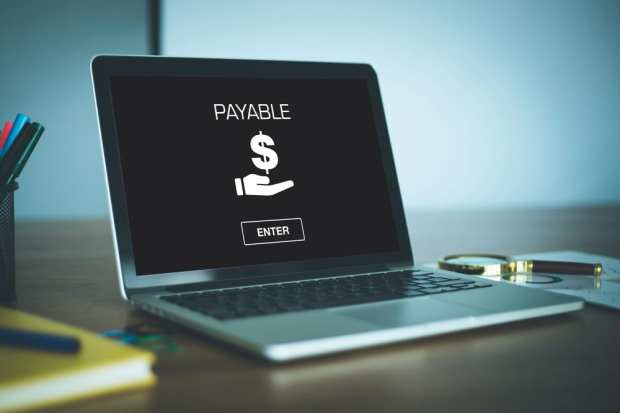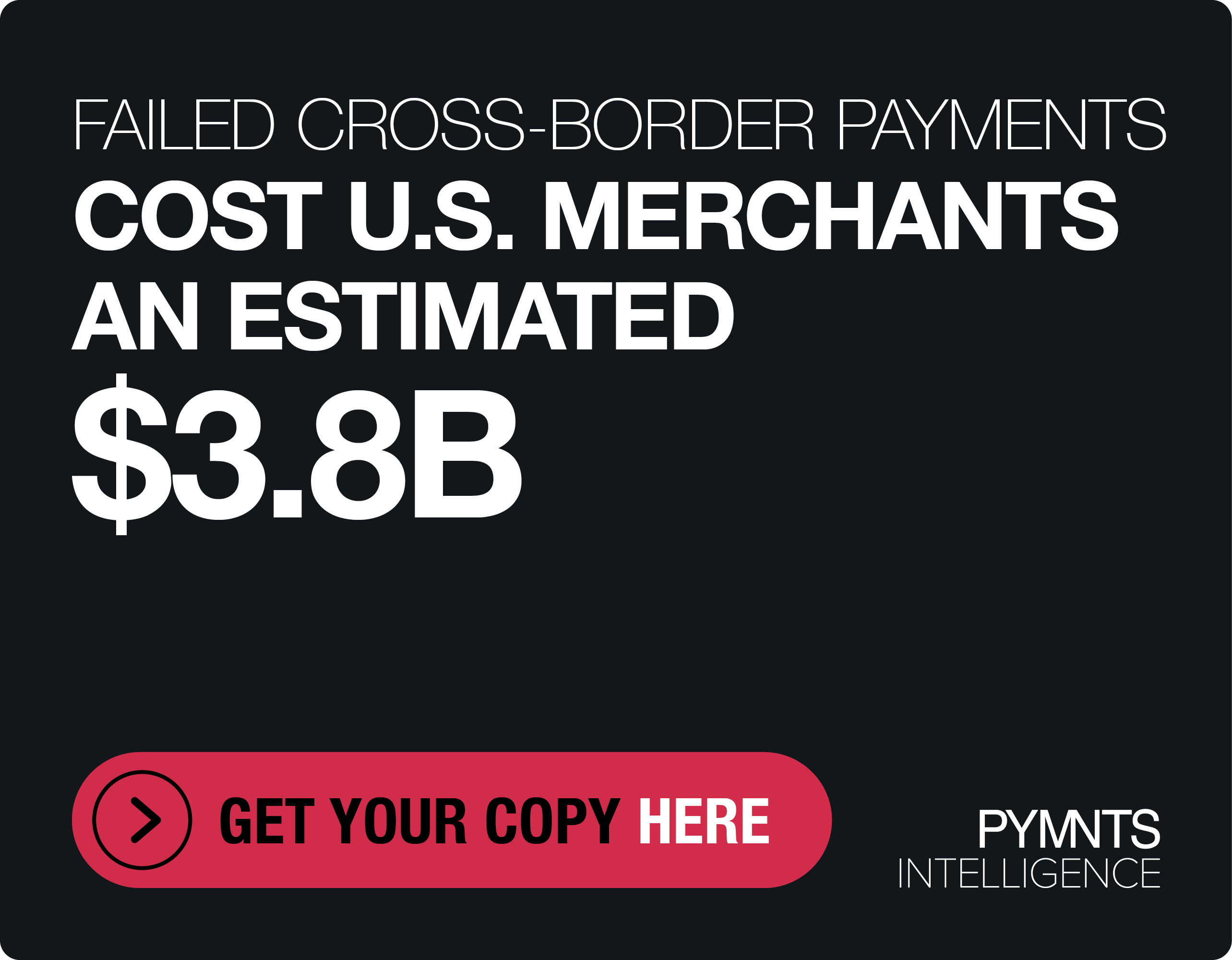Why Platforms Hold The Key To Igniting ePayables

They’re slow. They’re cumbersome and expensive. They open the door for fraud. For all their drawbacks, why do paper checks persist in accounts payable?
PYMNTS recently surveyed accounts payable (AP) executives’ satisfaction rates with their payment technologies for the latest Payables Friction Playbook and found something surprising. Yes, checks were nearly bottom-of-the-barrel in terms of satisfaction levels, but with 63.5 percent of survey respondents reporting that they are “very” or “extremely” satisfied with paper checks, it seems like B2B payers really don’t find them to be all that bad.
Indeed, Matt Clark, president and chief operating officer of Corcentric, tells PYMNTS’ Karen Webster that the pain of checks may not necessarily be felt acutely enough for a business to change its AP behavior.
“In order for things to materially change on a broad basis, the pain has to be acute enough to change the historical inertia that exists,” he said in a recent interview. “The pain from issuing checks and the inefficiencies that come along with it haven’t been brought to the surface well enough.”
But as is often the case in B2B payments, the AP world’s relative satisfaction with checks — despite their many drawbacks — might be chalked up to, “You don’t know what you don’t know.”
A company may accept absorbing the costs of bank fees related to cutting checks, or a vendor may be accounting for bank fees related to the costs of lockbox services and check processing as the cost of doing business, but often businesses don’t take the time to break down those bank fees to calculate exactly how much paper checks are costing their business, Clark said.
A business may be warned about the risk of fraud connected to paying with checks and believe “It won’t happen to me,” when in many cases, it already has — or it soon will be.
Clark emphasized the importance of third-party service providers delivering a clearer message to accounts payable departments. While these technology firms may approach a business about a particular financial process that could be improved by electronic payables, for example reconciliation or fraud mitigation, this strategy takes a fragmented approach to encouraging digitization that fails to provide a bigger picture for a company, he said.
“I don’t think this message has been delivered effectively enough to have [chief financial officers] CFOs of the world and others saying, ‘This is [at the] top of my priority [list],’” he said. “The conversations that do take place tend to be myopic. They’re happening between people that have a vested interest in a particular outcome, and in a small sliver of the payables continuum. It’s very hard for the person receiving the message to put the pieces together and make a coherent, end-to-end continuum assessment of what’s best for their entire B2B interaction universe.”
Keeping the Supplier In Mind
Rather than examining AP pain points, like reconciliation or vendor acceptance of cards, service providers should start the discussion of payments modernization further upstream in the source-to-pay process to examine where all friction points exist and how ePayables could address them.
But beyond that, Clark said businesses need to also address their accounts payable strategies within the broader context of a B2B community: that is, they must keep the supplier in mind, particularly as the buyer-supplier relationship evolves into a more strategic partnership. Rather than choosing vendors based on which offers the best price, as has historically been done, organizations today are beginning to take the time to source suppliers that can act as collaborators to explore opportunities of innovation and efficiencies in the broader B2B ecosystem, said Clark.
Historically, buyers have dictated the platforms upon which vendors operate, forcing vendors to provide visibility into their products and pricing — a strategy that was met with much resistance some 20 years ago. Today, with sellers accepting the need for transparency in the B2B transaction, there is a new opportunity for these platforms to drive buyer-supplier connectivity, but only if buyers address the needs of their vendor base when encouraging use of these platforms.
“It’s extremely important for suppliers to have some optionality,” said Clark, who added that it’s human nature to resist being forced into one option.
Depending on where a vendor is in its cash lifecycle, it may be a better option to accelerate payment by accepting cards or negotiating an early payment discount with vendors. Finding that win-win scenario is only possible when platforms provide both sides of a transaction with choice — not only in how payments are sent and received, Clark noted, but in how data and documents like purchase orders and invoices are exchanged as well.
That’s where the doors open for technologies like artificial intelligence (AI) to automate traditionally manual tasks like reconciliation and exceptions management, bringing efficiency in areas of source-to-pay that promotes stronger buyer-supplier relationships, Clark said.
Remaining in a check-filled AP world, however, will prevent much of this progress from occurring. And as organizations begin to have conversations with vendors about how to encourage adoption of platforms that promote a strategic buyer-supplier relationship, ePayables must be included in that discussion.
“One method of driving ePayables adoption is taking a broader view of the transaction life cycle, and stepping back to look at the whole transaction lifecycle from source-to-pay,” Clark said. “How can we set up a whole picture here that makes it great for both parties involved? The ability to meet suppliers where they are at, and to do more from a B2B community perspective, will enable buyers and sellers to collaborate on a transaction that’s easy for both sides of the equation.”
